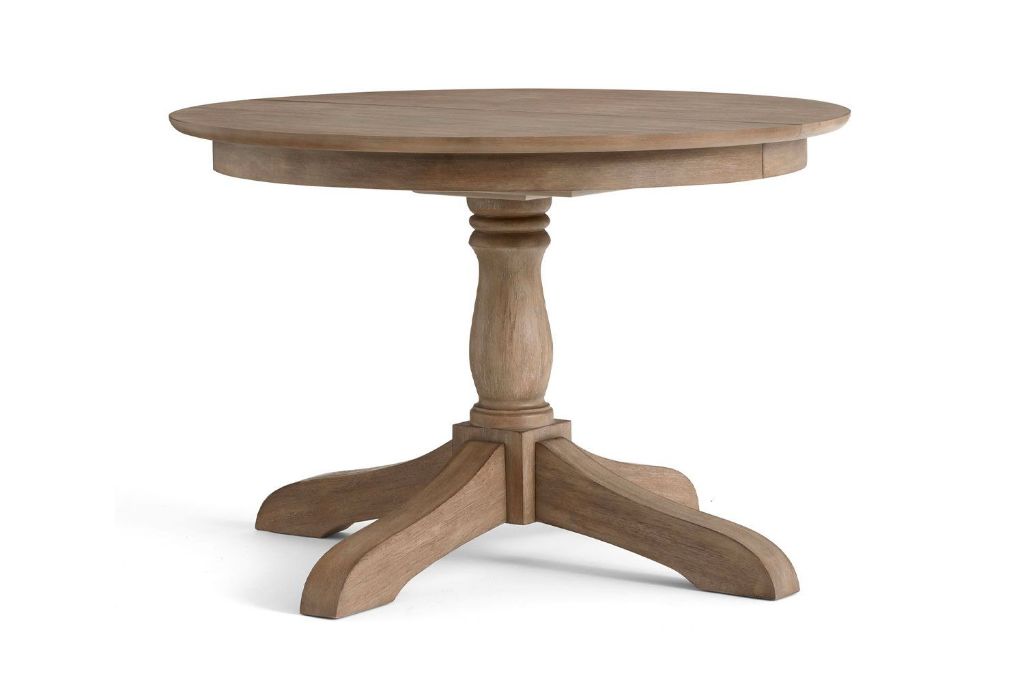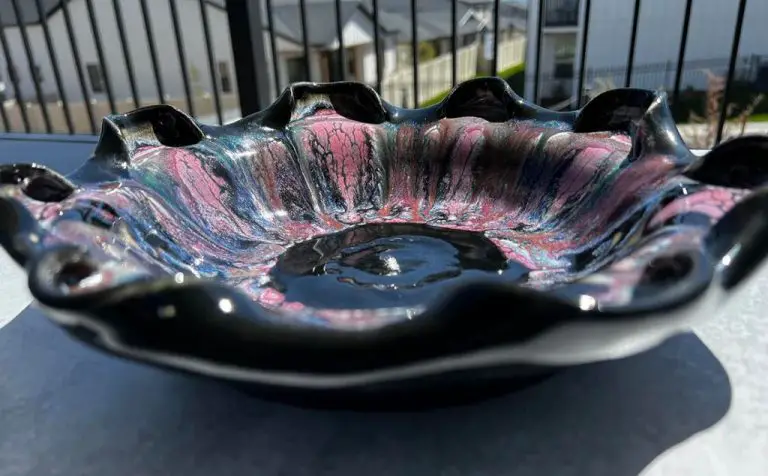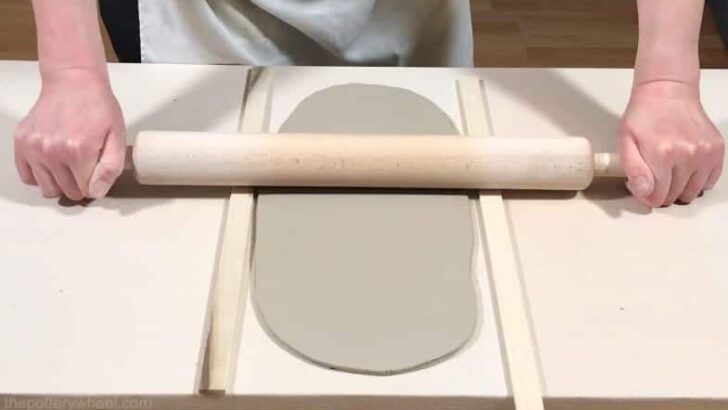How Much Should A Good Dining Room Table Cost?
Purchasing a dining room table is an important investment for any home. The dining table is often the central focus of the room and where families and friends gather together for meals and conversation. With its prominence in the home, investing in a quality dining table that fits your lifestyle and budget is key. Understanding what impacts the costs of dining tables can help buyers make informed decisions when shopping for this essential furniture piece.
This guide will examine the primary factors that influence the pricing of dining room tables. It will cover material types like wood, metal and glass, table size and shape considerations, custom designs versus prefabricated styles, and budget-friendly options. With this information, buyers can determine an appropriate price range for their needs and avoid overpaying. Let’s explore the ins and outs of dining table costs!
Factors Impacting Cost
The cost of a dining room table can vary significantly based on several key factors, including the type of materials used, the size, and any decorative styling elements.
Materials
The material the table is constructed from has a major impact on the overall price. Solid hardwoods like oak, walnut, and mahogany are durable, attractive options but tend to be more expensive. Woods like pine are softer and more affordable. Veneers can provide the look of luxury woods at a lower cost by using a thin slice of hardwood over cheaper core materials. Other budget-friendly options are tables made from metal, glass, acrylic, or MDF.
Size
Larger dining tables come at a higher price. The size should suit both your space and seating needs. An extendable table may maximize flexibility for a variable number of diners. Measure your room size and determine how many you’ll regularly seat before selecting a size.
Style Elements
Ornate stylistic details raise the price through added materials, construction time and design expertise. Options like turned legs, inlaid wood designs, extension leaves, and carved accents add aesthetic value at an added cost. Simpler modern styles tend to cost less than traditional ornate designs.
Wood Tables
Wood is the most traditional and popular material for dining tables. The type of wood impacts the cost significantly. According to Countryside Amish Furniture, hardwoods like oak, maple, walnut, and cherry are more expensive ranging from $2,000 to $10,000 for a quality dining table. Softwoods like pine are more affordable at $1,200 to $3,000.
Exotic woods like mahogany and teak fall on the higher end of the price spectrum. These woods have unique grains and aesthetic qualities that yield a higher cost. Domestic hardwoods like oak and maple are mid-range priced but still offer beauty and durability.
The style and construction of the wood table also impacts price. A rustic farmhouse table may use less expensive wood but still carry a higher price tag due to hand distressing and finishing. Meanwhile, a finely crafted piece with seamless joinery commands more for the labor and expertise required.
Other Materials
Beyond wood, some other popular materials for dining tables include glass, metal, stone, and acrylics. Each material provides its own aesthetic quality and advantages.
Glass dining tables are prized for their lightweight and transparent qualities that create an airy, open look. Glass comes in different types such as clear, frosted, or tinted in various hues. Tempered glass is most often used for the tabletop surface. Prices for glass dining tables can range from affordable to high-end, with the cost influenced by the quality of the glass and the base material. An entry-level 4-person glass dining set may start around $250, while ornate custom glass tables can cost over $5,000.
Metal tables like stainless steel, brass, and wrought iron offer contemporary styling and industrial flair. Stainless steel is extremely durable and easy to clean but can show fingerprints. Wrought iron brings an antique, romantic vibe but requires more maintenance. Expect to pay $300+ for basic metal dining sets and over $1,000 for more intricate custom designs.
Stone surfaces like marble, granite, and slate bring natural texture and timeless elegance. However, stone is quite heavy and needs to be sealed to prevent stains and etching. Costs range widely, but stone tops often add $500+ to the price of a table. Slate is an affordable stone option starting around $100 for a dining top.
Acrylic dining tables have a plastic-like surface that mimics glass. Acrylics are impact-resistant and easier to clean than real glass. But lower quality acrylic can seem cheap compared to real glass. Acrylic dining tables run $200 to $1,000+.
Standard vs Custom
When deciding on a dining table, one of the main considerations is whether to buy a pre-made, mass-produced table or invest in a custom-made piece. Pre-made tables from furniture stores and big box retailers like IKEA offer convenience and lower prices, starting around $100 for a simple table. However, they come in standard shapes and sizes with limited customization options.
According to Brian’s Benham, custom tables allow you to specify the exact dimensions, materials, and design elements. A custom dining table often starts around $1,500 and can range from $3,000 to $10,000 or more. The benefits of custom furniture include getting the perfect size for your space, selecting premium materials like solid wood versus veneers, and adding unique details not found on pre-made tables.
Custom tables also come with longer lead times and the need to work closely with a furniture maker or woodworker during the design process. Overall, custom offers quality craftsmanship and personalization for those willing to invest more. Pre-made provides convenience and lower cost at the expense of standardization.
Size Matters
The size of the dining table is a major determining factor for how much it will cost. Larger tables require more materials and often more intricate designs or supports, driving up the price. According to The Complete Guide to Table Sizes [1], the standard dining table size for 6-8 people is 78″ or longer. Smaller 4-person tables can often be found for under $500, while large 12-person tables over 100″ long typically start at $2,000 or more.
Custom oversized tables will cost much more, with some luxury brands charging over $10,000 for enormous custom dining tables to seat 10+ people. The larger the table, the more work and materials required, exponentially increasing the price. However, many standard sizes are available at reasonable costs from budget-friendly retailers. Consider how much table you realistically need and choose smaller if possible to save significantly on the cost.
Style Elements
One factor that greatly impacts the cost of a dining table is stylistic elements and details. More ornate and complex styles will increase the price. Some examples of style details that add cost include:
- Hand-carved designs – Intricate hand-carved details like floral patterns or animal shapes require skilled artistry and drive up the price. For example, the Chinese Rosewood Flower Carving Round Dining Table Set features extensive hand carvings and costs $49,800 (source).
- Inlays or incised patterns – Inlaid designs with contrasting wood, metal, stone, or other materials add complexity. Tables with engraved or etched patterns also cost more due to the extra detailing.
- Elaborate pedestal bases – Ornate carved pedestal bases and legs raise costs compared to simpler leg designs.
- Extensions and additional pieces – Expandable tables with extension leaves, as well as tables with additional chairs/benches or matching buffets can increase the total price.
The more decorative flair and one-of-a-kind detailing a dining table has, the more craftsmanship goes into it, and the higher the price tag will be.
Budget Options
If you’re looking to save money on a dining table, there are a few strategies you can use:
Shopping at discount retailers like IKEA is a great option for affordable, basic dining sets. IKEA has a wide selection of dining sets under $500 made with inexpensive materials like particle board.
Buying a table secondhand on sites like Craigslist or Facebook Marketplace is another money-saving tactic. You can often find high-quality solid wood tables for a fraction of retail price when buying used.
Opting for a round table instead of a rectangular one generally costs less, as round tables require less material and are simpler in design. Round tables can also take up less space.
Choosing faux materials like laminate instead of real wood veneers helps lower costs as well. Laminate dining tables often resemble wood while being more budget-friendly.

Finally, look for small dining sets with just 4 chairs instead of large 6 or 8 person sets to save significantly on overall price.
Buy New vs Used?
When looking to buy a dining room table, one of the big decisions is whether to purchase new or used. There are pros and cons to both options.
Buying a brand new dining table has some key advantages. You can often find the latest styles and designs from furniture stores and brands. New tables will be in pristine, flawless condition. You also get the peace of mind of warranties and retailer policies if any defects arise. However, new dining tables can be quite expensive, especially from high-end furniture brands. Budget at least $500 for an affordable new table.
Opting for a used dining table can save you substantial money. You can often find great deals on secondhand tables through sites like OfferUp, Facebook Marketplace, and Craigslist. Used tables may show some minor scratches or wear and tear, but can still have plenty of life left. The downside is you lose the warranties and protections of buying new. Be sure to thoroughly inspect any used table before purchasing.
Ultimately, choosing between new or used comes down to your budget and how much value you place on condition vs. cost savings. Buying used can stretch your dollars further, while new gives you maximum quality and peace of mind.
Conclusion
When deciding how much to spend on a dining room table, it’s important to balance quality, style, and budget. The ideal spending range for most budgets is $500-$2,000 for a table alone. Custom-built, high-end wood tables with extra styling can reach $5,000 or more. On the lower end, simple tables start at $200 new or less for a used table in good condition.
The main factors that affect cost are the size, materials, custom designs, and extra decorative details. Wood tables, especially solid wood, command higher prices but will last for generations. Other materials like metal and glass are other durable, stylish options. Consider your lifestyle, dining habits, and interior design style when deciding which size and design fits best. With some smart shopping, it’s possible to find a high-quality table within most budgets.


